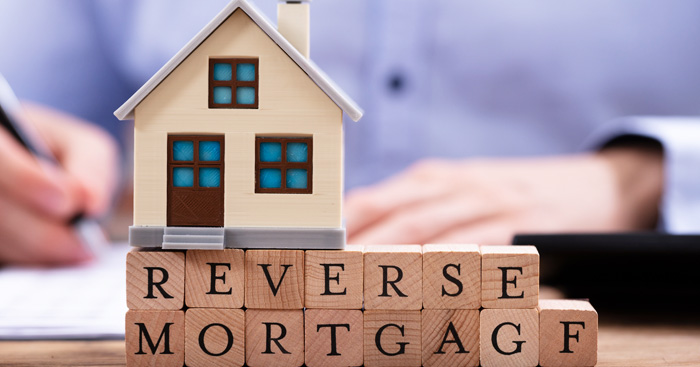What is a reverse mortgage?
In Canada, a reverse mortgage is a type of loan that is secured against your principal residence. This financing solution gives you access to tax-free cash with no mandatory ongoing payments.
How does a reverse mortgage work?
You’ll continue to own and live in your home, and you’ll never be forced to move or sell your property, as long as:
- you live there for at least six months per year
- you keep your residence in good order
- you remain current with your property tax payments
- you adhere to the loan terms
You can use a reverse mortgage for things like:
- paying off debt
- covering everyday expenses
- making renovations
- supporting your family
- paying for in-home care
Interest is calculated on the outstanding balance of both principal and interest throughout the life of the loan. The outstanding balance will increase accordingly over time.
Your reverse mortgage must be repaid when the last remaining homeowner leaves the home, which generally happens through sale of property where the proceeds are used to pay back the loan.
You may be eligible for a reverse mortgage if:
- you are 55 years old or over
- you live in the major urban centres of Ontario, Quebec, British Columbia, or Alberta
- your home is your principal residence (you live there for at least six months of a calendar year)
- all title holders of the residence apply as joint borrowers (in ON, AB, BC)
- the residence is owner-occupied and not a secondary home or cottage
- your home is detached, semi-detached, condo, or townhome

